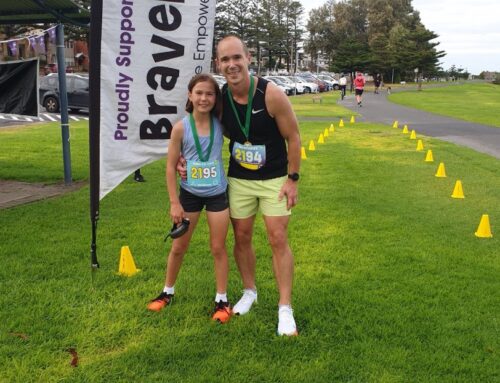Wouldn’t it be great to be so flexible?
Perhaps, but with such great flexibility there can be other issues.
Hypermobility, or more specifically, joint hypermobility is the term used to describe those of us who have greater mobility than the “average” person. This might be someone who can bend their thumb backwards to touch their forearm, who can do back bends or the splits easily, or who may be known as being “double-jointed”.
Connective tissue is made up of collagen and helps resist deformation and provides support. It effectively allows stretching but not beyond safe limits. When collagen doesn’t resist deformation then this can lead to hypermobility.
Hypermobility Spectrum Disorders (HSD) is the term used to describe a variety of conditions in which connective tissue does not adequately support the body. Different types of HSD include:
- Postural Orthostatic Tachycardia Syndrome (POTS)
- Ehlers Danlos Syndrome (EDS)
- Marfans Syndrome
- Osteogenesis Imperfecta
With these types of conditions, not only do we see people with musculo-skeletal symptoms but they can also have issues with pelvic floor and bladder dysfunction, gastrointestinal disturbances, cardiovascular and respiratory problems.
We were very fortunate to have Pauline Slater, physiotherapist, on-hand to run through the latest in the classification of HDS, treatment approaches and how we, as clinicians, can assist in dealing with the musculoskeletal aspect of a client’s symptoms. So, if you, or anyone you know, may be looking for support for the ‘bendy body’, help is available.




